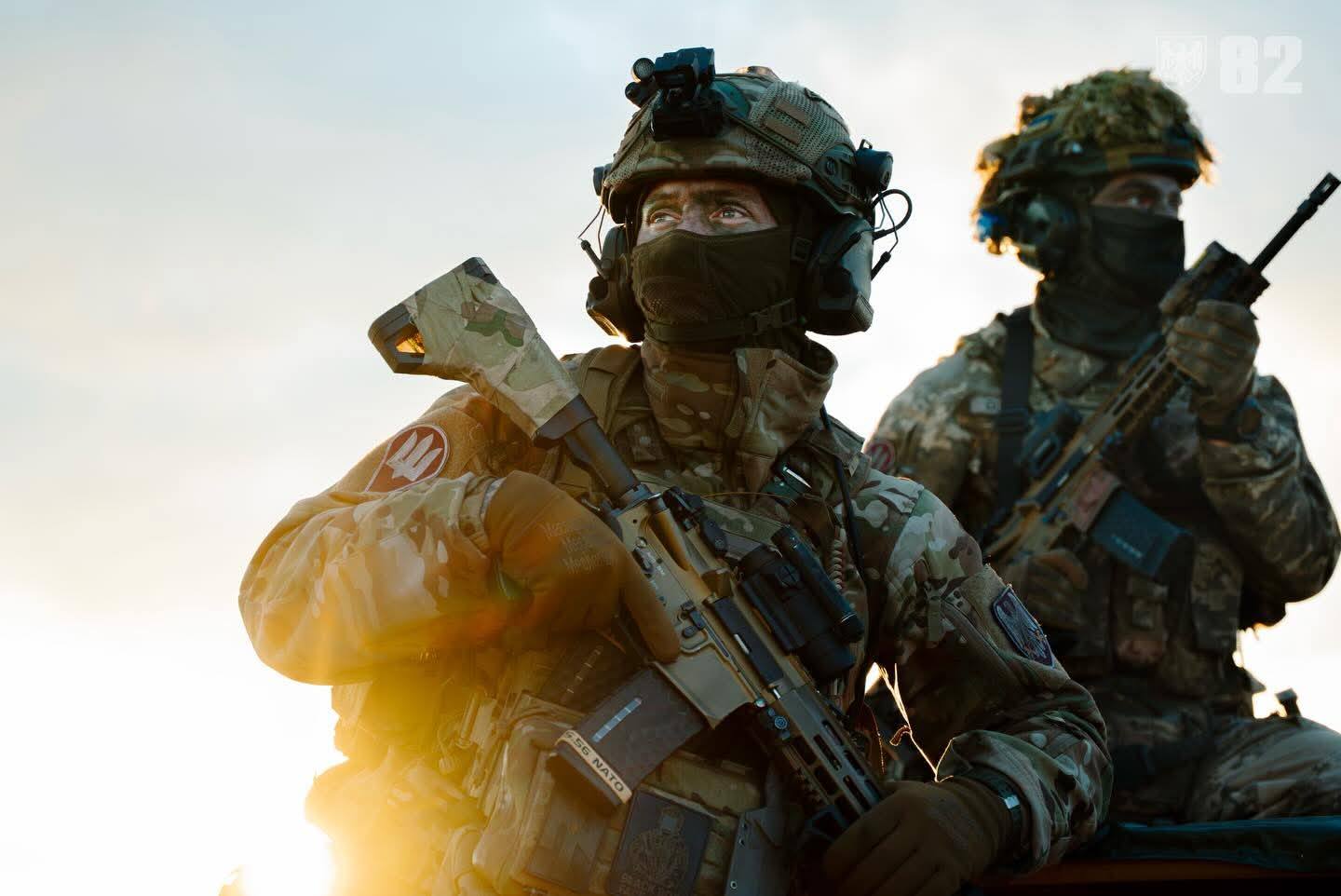Dagestani Militants Experience Series of Setbacks
Dagestani Militants Experience Series of Setbacks
After Ramzan Kadyrov’s statements authorizing Chechen police to shoot to kill police officers from outside Chechnya who appear there without notifying the republican authorities (see EDM, April 27), the governor of Dagestan, Ramazan Abdulatipov, came out in support of his colleague, saying that special operations should not be carried out without notifying the regional authorities. “Why should some groups from somewhere constantly come in?” Abdulatipov said. “If I am the head of the republic, let me know, inform me! How do I know if these groups are friendly or not? For example, an unknown group recently entered Aukhovsky district, where the Chechens live, arrested the imam and another nine people and then let them go after two hours. This is a fairly tense area” (Caucasianpolitics.ru, April 28). Dagestan’s governor is certainly right, and he evidently complained about the Chechen police. Only Chechen police enter Dagestan to arrest and kill militants (Moidaghestan, October 20, 2010), as well as to rescue their own brethren (YouTube, August 31, 2012). Dagestan suffers most of all from such incursions by the Chechen special forces.
Abdulatipov’s statement is interesting in that even though he supported Ramzan Kadyrov personally, he also implied that Dagestan was aspiring to fight the militants in the republic without the help of federal forces. That, however, is unrealistic. It is hard to name a single special operation that the Dagestani police forces carried out without the participation of special forces from Moscow and even Russian defense ministry military forces.
Last week, the Federal Security Service (FSB) carried out two successful operations against two well-known leaders of the Islamic opposition in the North Caucasus who regarded themselves as supporters of the Islamic State organization. On April 24, the FSB conducted a special operation in the village of Novy Paraul, in Dagestan’s Karabudakhkent district, killing two militants who were later identified as the leader of the Makhachkala sector, 31-year-old Arsanali Kambulatov (amir Abu Muhammad Agachaulsky), and the leader of Kaspiysk jamaat, 21-year-old Mugutdin Mazanov. Both insurgents were in charge of the same units when they were loyal to the Caucasus Emirate (Kavkazsky Uzel, April 25). It is unlikely that anything changed in these units after they switched allegiances from the Caucasus Emirate to IS. In any case, the amirs who switched sides did not explain how their activities would change after they left the Caucasus Emirate and joined IS. It was unclear whether they would leave all their structures intact as they were under the Caucasus Emirate or alter them. Arsanali Kambulatov was well regarded by both the Caucasus Emirate and IS. The switch by Kambulatov to IS cast doubt on the ability of amir and sheikh Abu Muhammad (Aliaskhab Kebekov) to continue leading the Caucasus Emirate. Kebekov was killed on April 19 (see EDM, April 24). Both Kambulatov and Mazanov had been on the Russian federal wanted list and on Dagestan’s wanted list for a long time.
Losing two commanders was a significant blow to the current leader of IS in Dagestan, Abu Muhammad Kadarsky (Rustam Asilderov), who used to lead Dagestani insurgents under the auspices of the Caucasus Emirate. Within three days after the killing of the two amirs, yet another amir of the forces loyal to IS was killed in Dagestan (Regnum, April 27). On the morning of April 27, the law enforcement agencies conducted an operation against a 41-year-old resident of Oktyabrskoe village in Dagestan’s Khasavyurt district Khasmagomed Charanov, near the local cemetery (Kommersant, April 27). According to the police, Charanov responded to a call to surrender with gunfire and was killed. “Charanov has been on the wanted list for participating in an illegal armed group since April 2014,” investigator Rasul Temirbekov stated. “The police are currently checking if he was involved in other grave and especially grave crimes” (Riadagestan.ru, April 27).
Charanov was in conflict with another Aukhov group of insurgents, one headed by Suleiman Zainalabidov. who was the first militant leader to switch to IS in Dagestan and who, unlike Charanov, actually has militants under his command. Charanov’s death will weaken another leader of the Khasavyurt militants, Islam Muradov, who bet on Charanov in his conflict with Suleiman Zainalabidov. It appears that new appointments in the system of forces loyal to IS in Aukhov area will follow soon. The Caucasus Emirate has also failed to appoint an amir to the Aukhov area militants so far, even though this is an important part of the militancy, as it connects Dagestani militants to the Chechen insurgency.
The loss of four amirs who pledged allegiance to Islamic State, as well as three amirs of the Caucasus Emirate, including its leader, in Dagestan, within just one month is a sign of a serious breakdown in internal rebel communications and the safe movement of insurgents inside the republic. The split inside the insurgency of the North Caucasus presented Russia with a rare opportunity to launch strikes against the insurgents at a time when they were regrouping and restructuring. The question is whether the Islamic armed insurgency in the North Caucasus will finish regrouping soon and the whether supporters of Islamic State and the Caucasus Emirate will find common ground.


